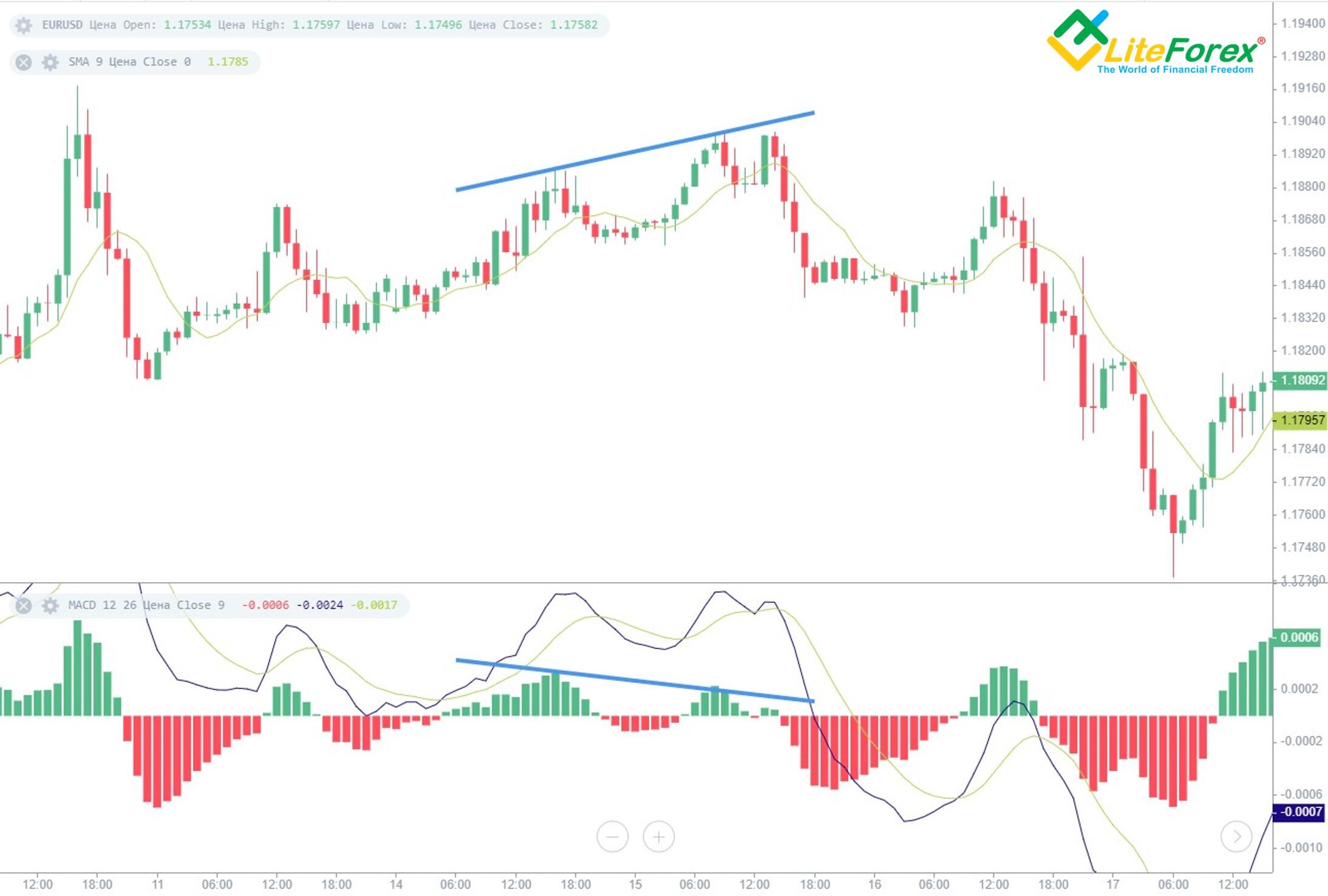
It is crucial to understand the dynamics of Material Stocks in order to develop sustainable resource management. This article examines the structure and growth of Material Stocks as well as how they impact society's demand for resources. In addition, this article also discusses the implications of the circular economy on human well-being and resource usage. It is possible to create sustainable systems that both reduce the use of resources and improve human well being by understanding the dynamics involved in material stock dynamics. However, this knowledge can only be gained if we have a better understanding about how material stocks are related to socioeconomic metabolism.
Materials stocks
Basic Materials stocks can provide a steady stream of income to investors. These companies produce the essential raw material for steel, concrete, fertilizer, and other products. The supply of these materials is important to our economy, so supply issues can push up the price of these goods. Rio Tinto is the world's most successful mining company, and it produces the three essential industrial metals. Other essential metals are also produced by the company.

Their composition
The composition and ideology of a SAB can help predict whether or not it promotes business goals. In the present study, we examine whether industry-majority and equally-divided SABs are more likely to promote business interests. We also look at the impact of ideologies on perceived business-friendlyness. We find that SABs dominated and populated by industry are more business-friendly than those with evenly divided memberships.
Their growth
Strategic benefits can be gained from the growth of material stocks, since these companies create everyday products that we all use every day. Life would not be possible without basic materials. It makes strategic sense for investors to hold basic materials stocks. These stocks include staples that are used daily, like steel and timber. These stocks are solid and a good choice for investors looking for growth. However, they are vulnerable to economic changes.
Their impact upon resource demand
There are some concerns, even though the market trends overall are favorable for the material sector. China's growing infrastructure investment and the rising food demand pose two of the main concerns. The growth of emerging markets has put tremendous pressure on resource stocks. Rio Tinto (the world's largest mining firm), recently warned investors that China will invest in infrastructure to hinder its growth, and it will impact the raw materials sector.
Strategies to limit stock building
A new study compares different scenarios to limit stock-building within material stocks and analyzes future CO2 emission per unit of primary energies. The authors conclude, in a hypothetical convergence of material stocks levels, that this would have big implications for future resource utilization, especially for global GHG emissions. Here are some objectives to help limit stock-building within material stocks.

They offer great potential for investment
Stocks are a great investment opportunity if you are looking at basic materials. The industry is slow-growing and has a cyclical nature, but it can still make a profit if you do the right things. Make sure you do your research before making an investment. This will increase your chances of making profit. Then, diversify your portfolio with other stocks. This will help you to achieve greater success. Listed below are some material stocks you should consider. Learn more about these stock stocks here!
FAQ
What is the distinction between marketable and not-marketable securities
The principal differences are that nonmarketable securities have lower liquidity, lower trading volume, and higher transaction cost. Marketable securities on the other side are traded on exchanges so they have greater liquidity as well as trading volume. You also get better price discovery since they trade all the time. But, this is not the only exception. Some mutual funds, for example, are restricted to institutional investors only and cannot trade on the public markets.
Marketable securities are less risky than those that are not marketable. They are generally lower yielding and require higher initial capital deposits. Marketable securities are typically safer and easier to handle than nonmarketable ones.
A bond issued by large corporations has a higher likelihood of being repaid than one issued by small businesses. The reason is that the former will likely have a strong financial position, while the latter may not.
Marketable securities are preferred by investment companies because they offer higher portfolio returns.
How does inflation affect the stock market
Inflation can affect the stock market because investors have to pay more dollars each year for goods or services. As prices rise, stocks fall. This is why it's important to buy shares at a discount.
Is stock marketable security a possibility?
Stock can be used to invest in company shares. This is done by a brokerage, where you can purchase stocks or bonds.
You can also directly invest in individual stocks, or mutual funds. There are more than 50 000 mutual fund options.
These two approaches are different in that you make money differently. Direct investments are income earned from dividends paid to the company. Stock trading involves actually trading stocks and bonds in order for profits.
Both cases mean that you are buying ownership of a company or business. However, if you own a percentage of a company you are a shareholder. The company's earnings determine how much you get dividends.
Stock trading gives you the option to either short-sell (borrow a stock) and hope it drops below your cost or go long-term by holding onto the shares, hoping that their value increases.
There are three types of stock trades: call, put, and exchange-traded funds. Call and Put options give you the ability to buy or trade a particular stock at a given price and within a defined time. ETFs are similar to mutual funds, except that they track a group of stocks and not individual securities.
Stock trading is a popular way for investors to be involved in the growth of their company without having daily operations.
Stock trading is a complex business that requires planning and a lot of research. However, the rewards can be great if you do it right. This career path requires you to understand the basics of finance, accounting and economics.
What are the benefits to owning stocks
Stocks are more volatile than bonds. Stocks will lose a lot of value if a company goes bankrupt.
The share price can rise if a company expands.
Companies often issue new stock to raise capital. This allows investors to purchase additional shares in the company.
Companies borrow money using debt finance. This allows them to get cheap credit that will allow them to grow faster.
Good products are more popular than bad ones. The stock price rises as the demand for it increases.
As long as the company continues to produce products that people want, then the stock price should continue to increase.
What's the difference between a broker or a financial advisor?
Brokers are people who specialize in helping individuals and businesses buy and sell stocks and other forms of securities. They manage all paperwork.
Financial advisors can help you make informed decisions about your personal finances. They help clients plan for retirement and prepare for emergency situations to reach their financial goals.
Banks, insurance companies and other institutions may employ financial advisors. They could also work for an independent fee-only professional.
Consider taking courses in marketing, accounting, or finance to begin a career as a financial advisor. You'll also need to know about the different types of investments available.
Statistics
- Ratchet down that 10% if you don't yet have a healthy emergency fund and 10% to 15% of your income funneled into a retirement savings account. (nerdwallet.com)
- Our focus on Main Street investors reflects the fact that American households own $38 trillion worth of equities, more than 59 percent of the U.S. equity market either directly or indirectly through mutual funds, retirement accounts, and other investments. (sec.gov)
- Individuals with very limited financial experience are either terrified by horror stories of average investors losing 50% of their portfolio value or are beguiled by "hot tips" that bear the promise of huge rewards but seldom pay off. (investopedia.com)
- Even if you find talent for trading stocks, allocating more than 10% of your portfolio to an individual stock can expose your savings to too much volatility. (nerdwallet.com)
External Links
How To
How to Invest Online in Stock Market
The stock market is one way you can make money investing in stocks. There are many ways you can invest in stock markets, including mutual funds and exchange-traded fonds (ETFs), as well as hedge funds. Your risk tolerance, financial goals and knowledge of the markets will determine which investment strategy is best.
First, you need to understand how the stock exchange works in order to succeed. This includes understanding the different types of investments available, the risks associated with them, and the potential rewards. Once you've decided what you want out your investment portfolio, you can begin looking at which type would be most effective for you.
There are three major types of investments: fixed income, equity, and alternative. Equity refers to ownership shares in companies. Fixed income is debt instruments like bonds or treasury bills. Alternatives include commodities, currencies and real estate. Venture capital is also available. Each option has its pros and cons so you can decide which one suits you best.
Once you figure out what kind of investment you want, there are two broad strategies you can use. The first strategy is "buy and hold," where you purchase some security but you don't have to sell it until you are either retired or dead. The second strategy is called "diversification." Diversification involves buying several securities from different classes. For example, if you bought 10% of Apple, Microsoft, and General Motors, you would diversify into three industries. Multiplying your investments will give you more exposure to many sectors of the economy. You are able to shield yourself from losses in one sector by continuing to own an investment in another.
Another key factor when choosing an investment is risk management. Risk management will allow you to manage volatility in the portfolio. If you are only willing to take on 1% risk, you can choose a low-risk investment fund. On the other hand, if you were willing to accept a 5% risk, you could choose a higher-risk fund.
Learning how to manage your money is the final step towards becoming a successful investor. The final step in becoming a successful investor is to learn how to manage your money. A plan should address your short-term and medium-term goals. It also needs to include retirement planning. You must stick to your plan. Do not let market fluctuations distract you. You will watch your wealth grow if your plan is followed.